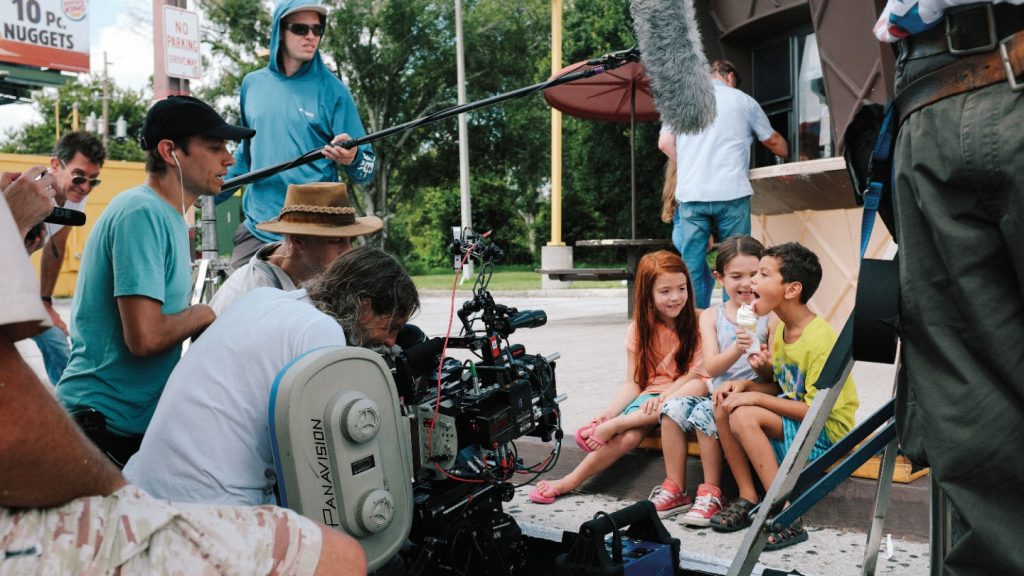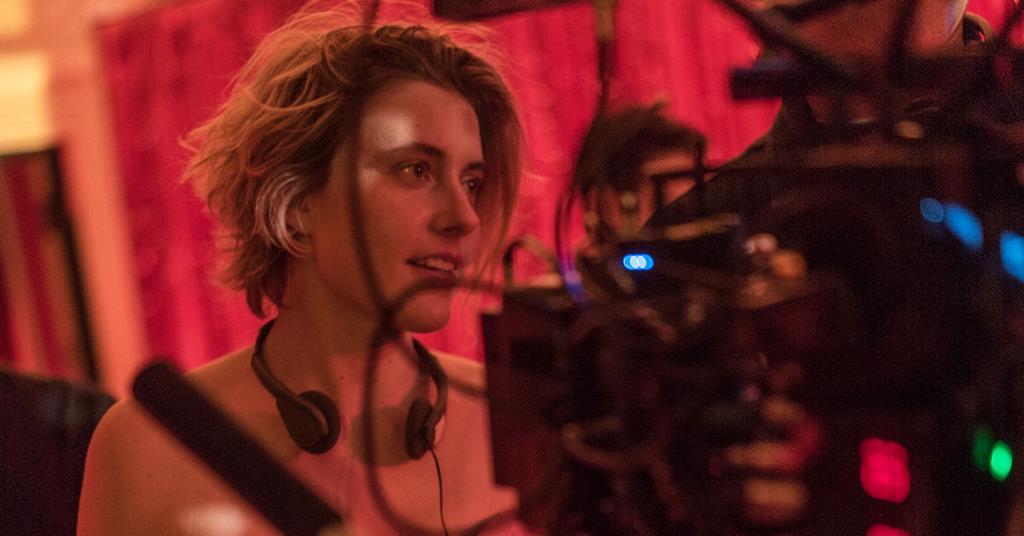
Module Aims
This module will provide you with an insight into techniques that Directors and Cinematographers use when creating footage both in the utilisation of the camera and the decisions they make ‘dressing’ a scene. You will analyse shot types and camera movement as well as the use of certain lighting or costume. You will learn what pre-production paperwork is involved in the creation of video content and will utilise this to create a number of short scenes to create a portfolio of work. The portfolio will show experimentation’s with different camera techniques and processes. You will also learn initial skills with regards how to order footage and edit it to create a sequence.

Assessment Brief
Learning Journal Guidance

Reflective Practice
Throughout your modules, you will be required to critically reflect on your practice and evidence reflection. Sometimes the skills and knowledge we have developed from an exercise or experimentation, isn’t always obvious, so it essential that we take time to reflect on our experiences. Being able to recall what happened, and turn your insights into an action plan that identifies actions going forward and demonstrates how you have developed as a practitioner.
Narrative Structure
PRESENTATION
Narrative Strands, Structure and Character
https://prezi.com/pzlei41i8zfn/narrative-theory/
JOURNAL ARTICLE
Tzvetan Todorov and Arnold Weinstein
Todorov, T., & Weinstein, A. (1969). Structural Analysis of Narrative. NOVEL: A Forum on Fiction, 3(1), 70–76. https://doi.org/10.2307/1345003
https://www.jstor.org/stable/1345003
B Roll
What does B-roll mean in film? B-roll is a term used to describe secondary footage, often used as cutaway footage, to provide context and visual interest to help tell your story. The term derives from the early days of Hollywood when they used to shoot on film.
Why use B-Roll?
There are many ways to use B-roll footage and having additional B-Roll will support you in the cutting room to add context. These include:
- Setting the tone
- Providing flexibility in the editing process
- Establishing characters or setting
- Breaking up monotony
- Covering up gaps or errors
Plan ahead. Take into account what your main footage is, and build around it. For example, if you’re interviewing a subject at her home, plan to capture exit and entrance footage as well as ambient footage and shots in/of the space. Create a list of the “must-haves” and the “nice-to-haves,” to make sure you can tell the whole story.
Scout locations. You might only get a few minutes to get good B-roll footage, so you should scout the location in ahead of time to plan exactly how you’ll get the alternative footage you want. You also will have an idea of what special equipment you may need, especially if a location is dark or a small space.
Get different angles. Plan to get a variety of shots of the same thing, both with and without your subject. This will also cover you in case you need cutaways. More on angles below.
Shoot more than enough. Throughout the shooting of your film, plan to collect a “bank of images” that don’t necessarily fall strictly under your scheduled shot list. Every film needs breathing space, and in the edit room you may discover the need to show the passage of time, evoke a space, or simply transition between locations. Some directors schedule a day or more of pick-up shots that can be used in many ways in the edit. If a bird lands on a telephone wire, for instance, film that bird and put the image in “the bank.” You never know when it may come in handy.
Indicative Reading List
Brown, B. (2016) Cinematography: Theory and Practice. 3rd Edition. Focal Press
Goodridge, M. (2012) Cinematography. Lewes: Ilex
Kenworthy, C. (2012) Master shots: 100 Advanced Camera Techniques to get an expensive look on your low budget movie. California: Michael Wiese.
Compesi, R. (2015) Introduction to Video Production, Focal Press.
Musberger, R. (2005) Single-camera video production, Focal Press
Millerson, G. (1992) Video Production Handbook, Focal Press
Wales, L. M. (2017) The complete guide to film and digital production: the people and the process. Routledge.
Frierson, M. (2017) Film and Video Editing Theory. Focal Press.
Reynolds, C.R. (ed) (1983) Camera Techniques, Focal Press
Millerson, G. (1994) Video camera techniques, Focal Press
Recommended Viewing
https://www.shortoftheweek.com/
Founded in 2007 by Andrew Allen and Jason Sondhi, Short of the Week has become the preeminent voice in online film curation built on scouring the web to discover and promote the new wave of emerging filmmakers creating innovative stories for online audiences.